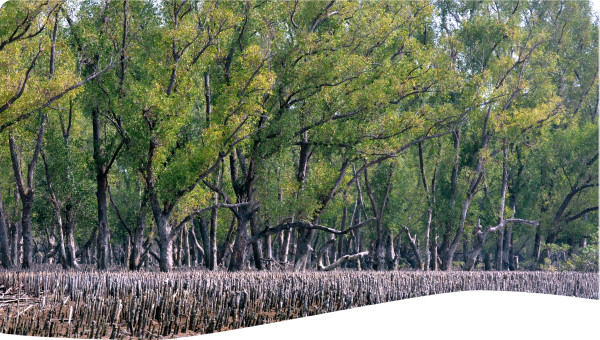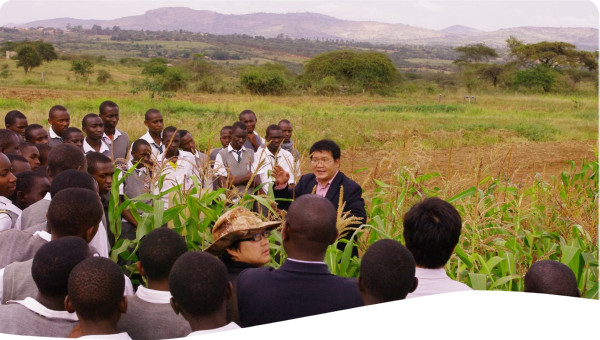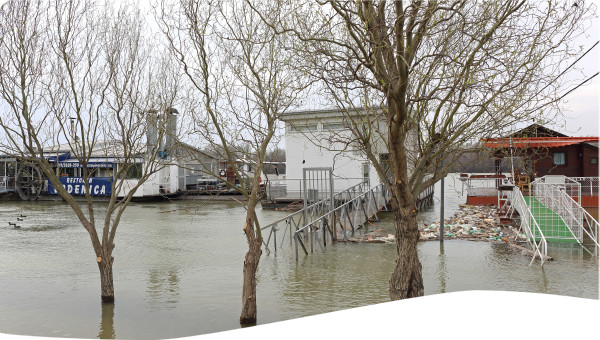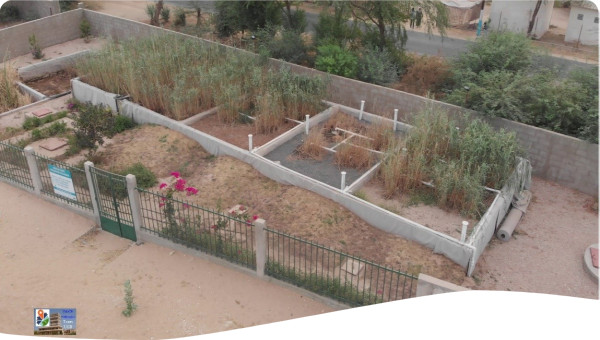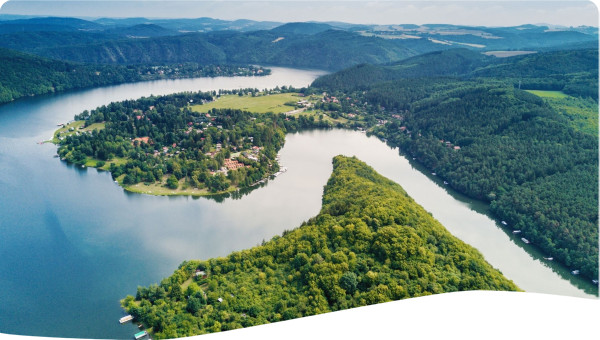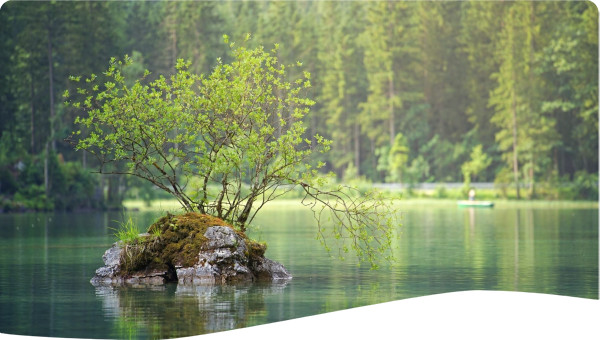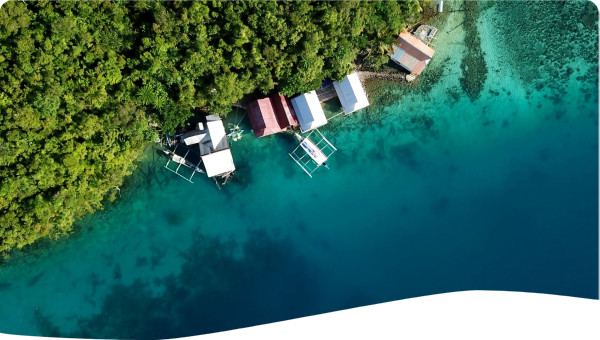There are several nature-based solutions that vary in ecosystem condition, ranging from natural ecosystems to managed or modified ecosystems to novel or artificial ecosystems, as well as in scale, focal purpose, and implementing actors. A constructed or artificial wetland, for instance, could be used to address a local water quality issue, whereas the protection of intact ecosystems could be adapted to generate climate, biodiversity, recreational, food production, and human health benefits for communities. However, all NBS seek to maximise nature's capacity to provide ecosystem services that aid in addressing a human challenge, such as climate change adaptation, food production, or disaster risk reduction (Matthews et al, 2019). Here are some key groups of NBS in relation to water management:
NBS in Agricultural Water Management: Agricultural irrigation is driving the majority of water scarcity issues in high-risk basins threatening food systems, community water supplies, and ecosystem health. To sustain the future of food systems and, by extension, human life, agricultural producers are aligning with and transitioning into a new field of practice known as "regenerative agriculture". NBS for agricultural water management can be grouped into three main categories: (1) solutions aiming to increase the water storage in the soil root zone, (2) solutions to protect watercourses and field boundaries, and (3) water sowing and harvesting, including water treatment (Basch et al., 2022). These are cost-effective interventions that can increase the resilience of agricultural and food production while mitigating climate change and improving the environment.
NBS for Sanitation/Wastewater Treatment: The fundamental objective of NBS in wastewater treatment is to create engineered systems that mimic and benefit from functioning ecosystems with minimal reliance on mechanical and engineered components. This type of NBS utilises plants, soil porous media, bacteria, and other natural elements and processes to remove pollutants such as suspended solids, organics, nitrogen, phosphorus, and pathogens from wastewater (Kadlec and Wallace, 2009). To achieve the desired treatment efficiency for removing emerging contaminants such as steroid hormones and biocides (Chen et al., 2019), personal care products (Ilyas et al., 2020), or pesticides (Vymazal and Bezinová, 2015), it is possible to combine various NBS. For instance, in Croatia, a combination of a constructed wetland, and a sludge-drying reed was applied to treat locally generated wastewater treatment (as shown in Figure 1). Furthermore, in Seoul, an innovative sanitation system named “Resource Circulation Sanitation (RCS)” has been developed to provide public hygiene services in remote suburban areas. These systems are designed to divert urine and offer an alternative to conventional sanitation systems with high water and energy consumption. See case studies and resources for more examples and illustrations.
 Tool -
Tool -
